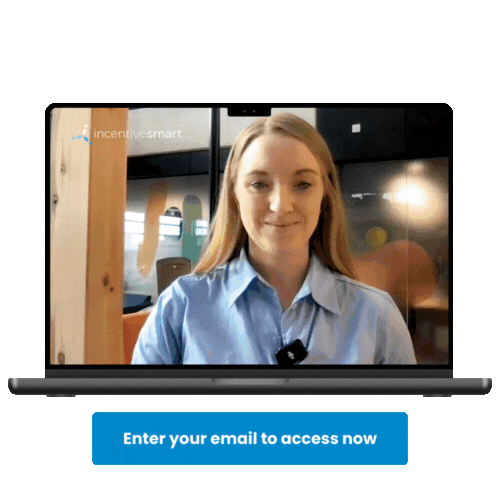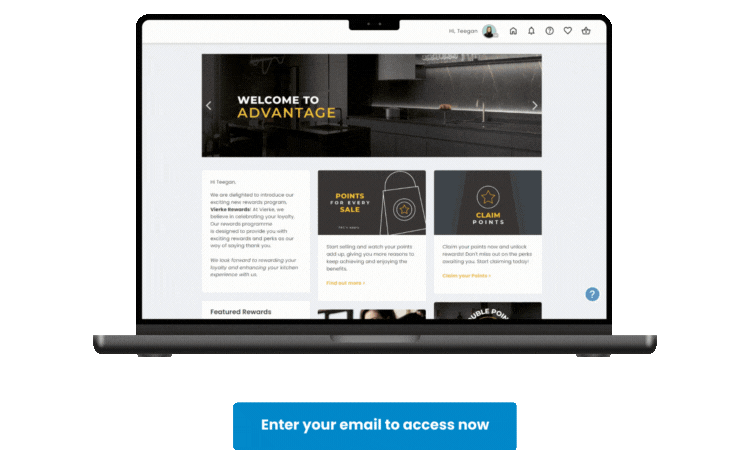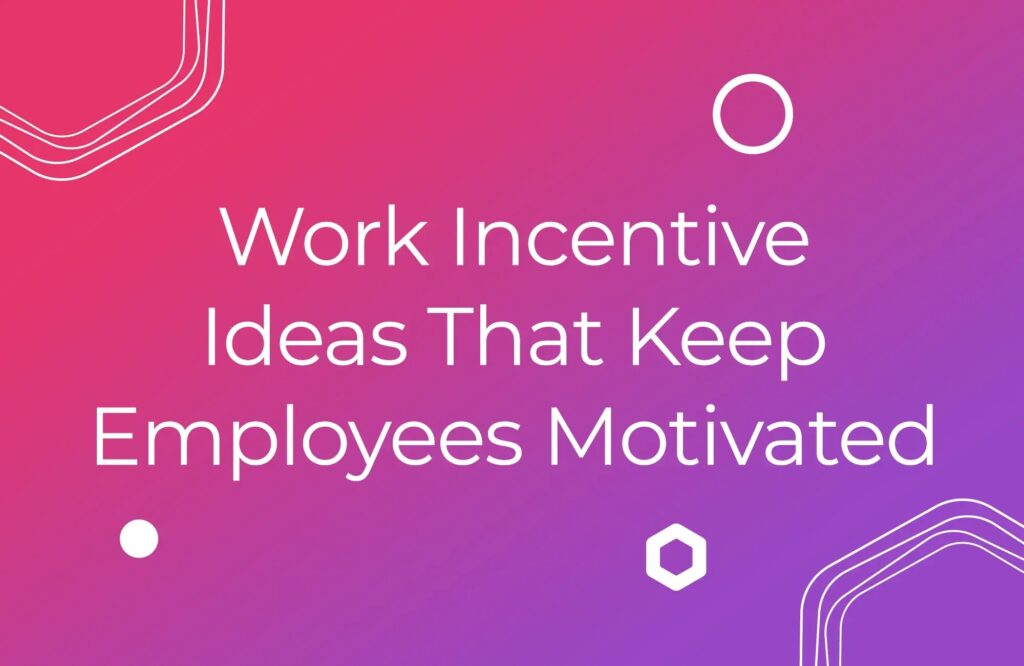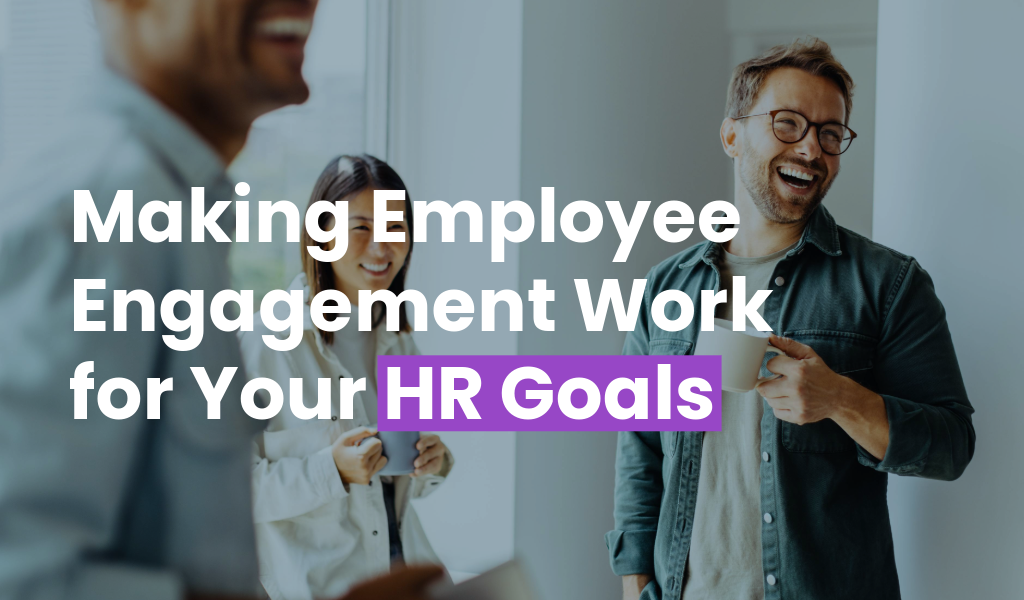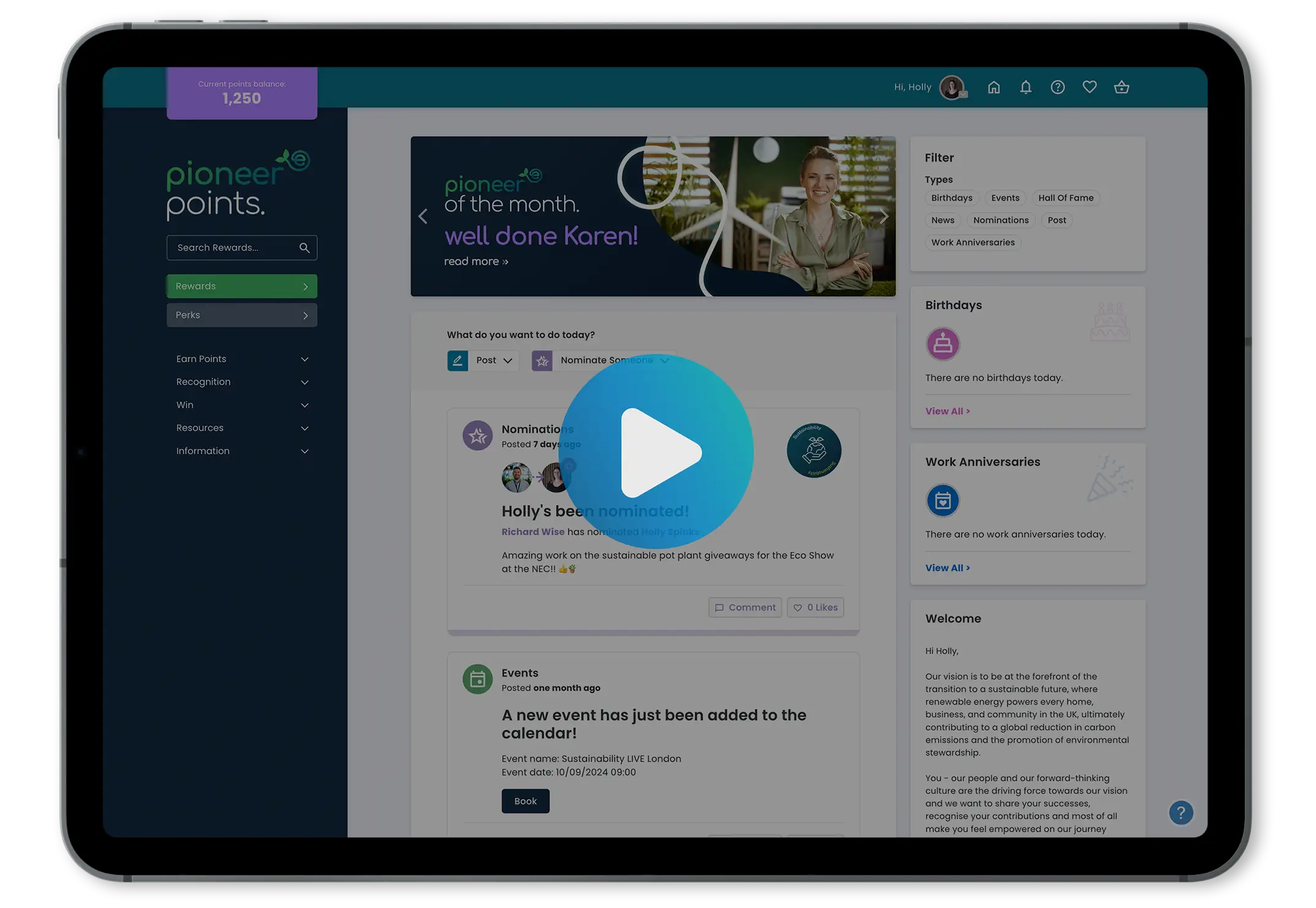


The Office – some people love it and others, well… not so much!
Employers dedicate a lot of energy and resources into making the work environment suitable for everyone. The goal is to ensure everyone feels comfortable and confident to complete their job, whilst also ensuring the environment encourages high productivity. However, even with modern smart offices, which adopt science-based approaches to lighting, tech-integration, communal work areas, efficient communication streams, and employee comfort, the core problem persists — lack of motivation.
Imagine, for a moment, Jack. Jack works a 9 – 5 office job for a respectable salary and benefits package. Jack’s constant problems are tedium, routine, fatigue, and invisibility. He commutes every weekday to a well-furnished, well-ventilated office with all the amenities, gadgets, and complimentary coffee he requires to complete his job. Jack’s discontent grows. He equates time spent at work with set and secure remuneration; time equals money, as the adage goes. Jack is a competent employee; dexcept, Jack is performing well below his ability. He spends unsupervised hours web-surfing on the company’s Wi-Fi, updating his social media accounts, planning holidays and online shopping. He grows resentful when he is supervised because he loathes micro-management. Rearranging his work area and placing a bright fern on his desk does little to inspire Jack.
Now, imagine Jill. Jill has been working from home since lockdown began. Home, however, is not a place that encourages productivity. There are too many distractions and creature comforts, and she is hampered by a lack of access to necessary resources. Jill performs well in a structured work environment, as do many employees. It would benefit Jill’s performance to return to the office, but she is concerned about the health risk, and, so, is reluctant to do so.
These are the managerial considerations you’re likely to be grappling with, and acknowledging that a one-size-fits-all strategy is not going to work, is a good place to start.
Furthermore, it’s important to recognise the effects that the traditional office has on the physical health of employees. Confined to the desk and chair and glued to illuminated screens for hours on end isn’t healthy. This is why industry leaders like Google, Uber, Samsung, and NASA have introduced standing desks, standing meetings, gym facilities, and sleep-pods at their headquarters as part of initiatives to re-energise staff members! They not only understand the hazards of fatigue, but also its connection to diminished creativity and ingenuity. Fresh minds think big!
So, what’s to be done? How can these issues be resolved?
Review what’s important in an office environment
The people: Your staff are the most important part of your business! They are the beating heart of your organisation. These people spend the majority of their week with each other so it’s important that relationships are strong and the morale is high.
Work zones suited to tasks: Having work zones available that facilitate a range of activities that are performed will increase productivity. This could include private zones for high-concentration tasks, or informal meeting spaces for team catch-ups. Ensure that your workspace is designed to help your people communicate and collaborate effectively.
Comfortable environment: Envision an environment that employees will want to work in. We cannot undervalue the impact of lighting, comfort, and aesthetics. Yellow colour schemes, for example, tend to agitate people; good for fast-food establishments that aim for quick turn-around; terrible for staff required to focus for long periods and think creatively. Cool white fluorescent lights are energy-efficient, but they are taxing on the eyes. Hot and stuffy confines are sure to keep your employees battling sleep.
Download the 6 step guide to implementing company culture, complete with action plan.
Technology: Ensuring your staff have the technology they need to do their job is crucial. You can’t expect a graphic designer to do a good job if they don’t have an up-to-date Adobe Indesign, Illustrator, Photoshop, or XD license. Same goes for your sales team; if they don’t have a CRM platform, you’re not going to get the performance you need from them.
Health and safety: The safety of workers is the responsibility of the employer. Therefore, it is imperative that employers are current with virus prevention advice to protect their staff. Measures will include the sanitisation of work areas, proper ventilation, and accommodating safe social-distancing. This may include segregating communal areas, safety screens, limited capacities, and additional staffing to clean spaces and replenish sanitisers, soaps, and disposable towels.
Flexibility: Embrace flexible working as it works better for some people. There are those with young children, others who live miles away and some who work better in their own home. Consider offering flexible options such as location, time spent in the office, working hours, to ensure that all needs are met.
How do you build a good office environment?
Have a dedicated budget: As a consequence of the lockdown, a global tightening of belts is to be expected. It’s high-time to carefully review budgets; being strict on wastage and frivolous expenditure, but avoiding excessive frugality. Wise and targeted spending can still provide a comfortable and pleasant workspace.
Communication is key: Encourage open conversation within your organisation and implement tools and channels for feedback, such as suggestion boxes, opinion polls, and questionnaires. Involving your staff in decision-making is a great way to boost morale whilst effectively customising the office environment.
Use intelligent workspace planning and functional design: Intelligent, ergonomic, purpose-specific design principles evolve the antiquated office into a space that inspires creativity, collaboration, efficiency, productivity, and general wellbeing.
Hire the right people: Your staff are your greatest asset; however, it is important to hire people who fit the culture of the organisation. There is great value in diversity; a diverse set of skills and personality types will enrich the business in ways you cannot predict, and engender a healthy, happy, and vibrant atmosphere.
Don’t forget your remote employees
Revised employer duty of care: Since the pandemic, employees are either choosing to or required to work remotely. But this does come with new challenges. Existing legislation surrounding health and safety in the workplace obligates employers to assume “reasonable and practical” responsibilities. Although never simple, it’s usually straightforward enough. The private home, however, is not! Home risk assessment may be a worthwhile consideration.
Equipment and technology: Ensure employees are connected and adequately resourced to work effectively from outside the office. For the most part, this will mean providing the necessary tech and support. These should be factored into the budget.
Procedures and expectations: Develop clear and concise protocols for remote workers, addressing procedures, such as tracking hours, measuring performance, and storing data. All directives should be comprehensible and coherent, leaving no room for misinterpretation and confusion.
Communication, communication, communication: Do not assume that all employees are equally capable of performing optimally outside the normal workplace. Thankfully, there is a wide range of tools to facilitate effective communication and enable continued support and connection. As much as remote working can be extremely practical and cost-effective, there are potential negative consequences, such as loneliness and isolation. A caring phone-call or email goes a long way. Effective use of platforms such as Zoom, MS Teams, and Google Meet make virtual conferencing and one-to-one catch-ups between colleagues possible.
Your goal is to establish a comfortable office space that is conducive to creativity and productivity. Happy, healthy and stimulated staff can only benefit your business and your bottom line. There are many variables in the equation, but building a happy, energised company culture wherein employees feel motivated and appreciated should be the mark. Reward your people, and your people will reward you.
Book a demo to see our reward and recognition platform in action.



